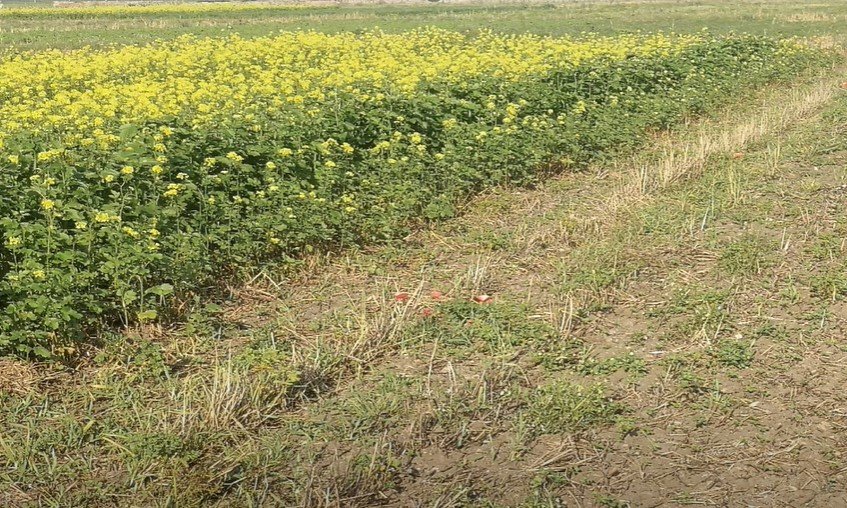
Teagasc Crop Report
Catch Crops / Cover Crops
Catch Crops / Cover Crops

To view the full report you must have an existing account with Teagasc ConnectEd.
Farmers sign in hereAlready have a ConnectEd account? Connected Client or Teagasc staff log in here
Why Cover Crops?
There ae many different reasons why cover crops may be suitable for a farmer and this will depend on what the farmer is trying to achieve.
This could be improving crop productivity, improving soil health, building biomass, capturing carbon, soil protection over the winter, reducing run off, preventing nutrient loss or as part of Greening and ACRES schemes.
One of the main function of a cover crop is to mop up any remaining nutrients especially nitrogen after the previous cereal crop. Ideally cover crops should be sown in August for maximum dry matter accumulation and for soil nitrogen retention.
The cover crop will also have beneficial effects in terms of soil structure improvements and protects the soil from potential phosphorus loss through surface run off over the winter period. Farmers who opted to use cover crops to satisfy EFA requirements are obliged to sow cover crops this autumn before the latest sowing date of September 15.
Some excellent background information on cover crops is available from the proceedings of the National Tillage Conference 2020 (Page 43). Research in Oak Park has shown that, in general, the effects of cover crops, compared to bare fallow or natural regeneration, on yield of succeeding cereal crops under Irish conditions are variable, often small and sometimes negative. Significant yield benefits in succeeding crops through the use of cover crops occurred infrequently. This concurs with findings in other European countries.
The effect of planting date on cover crop biomass production can be seen in the video below by Richie Hackett in Teagasc Oak Park
Please create an account to view hidden content
Guidelines when planting cover crops
When planting cover crops the main points are:
- Early sowing is vital to achieve good autumn growth. Aim to sow in mid to late August or early (first week) September. Cover crops sown after mid-September are unlikely to produce much growth.
- Mixtures of at least two species are required for ACRES and EFA. Table below gives the species allowed for ACRES and EFA. Mixtures that contain a legume (e.g. vetch, peas) are more likely to give a yield benefit in succeeding crops. Avoid complicated mixes particularly where cover crops are being grown for the first time.
- Avoid using species that could cause problems in the rotation (e.g. brassica cover crops in a rotation containing oilseed rape.)
- Cover crops can be grazed from Dec 1. If grazing is an objective choose species that are suitable for grazing (e.g. forage rape, leafy turnip, fodder radish, oats, peas).
- Ploughing to establish cover crops is not allowed for ACRES or EFA. Either use a drill capable of sowing into stubble, or broadcast the seed and lightly cultivate before rolling. If different sized seed are being broadcast it may be appropriate to broadcast the large and small seed separately. Establishment will normally be lower for broadcast crops.
- If cover crops are not being grown for grazing applying fertiliser is not going to give an economic benefit (and you will have more bulk to get rid of).
Please create an account to view hidden content